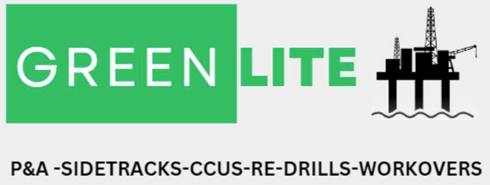Artificial Emission Free Reefs and Sea Grass
Artificial Reefs and Seagrass
One of the biggest issues affecting seagrass is nutrient pollution, often from the release of human sewage. While the influx of nutrients can initially boost the growth of the
meadows, it also promotes the growth of algae which reduces the amount of sunlight getting to the seagrass and harms it in the long run.
Alongside fishing which causes levels of the fish faeces that fertilise the meadows to drop, it was thought that the combination of these two issues might work in unexpected ways to hinder the growth of seagrass.
But the current study has revealed some surprising results. It has found that the productivity of seagrass in both disturbed and undisturbed meadows was increased by the presence of an artificial reef, while algae didn't actually seem to pose an issue, even in areas where nutrient pollution was high.
Mona Andskog, the PhD student who led the research, explains, 'Artificial reefs built in seagrass create a positive feedback loop. They attract fish that use the reefs for shelter which, in turn, supply new nutrients from their faeces that fertilise the seagrass around the reef!
In more heavily fished waters, artificial reefs host large amounts of fish which help to fertilise the seagrass. Image © Katrina Munsterman.



